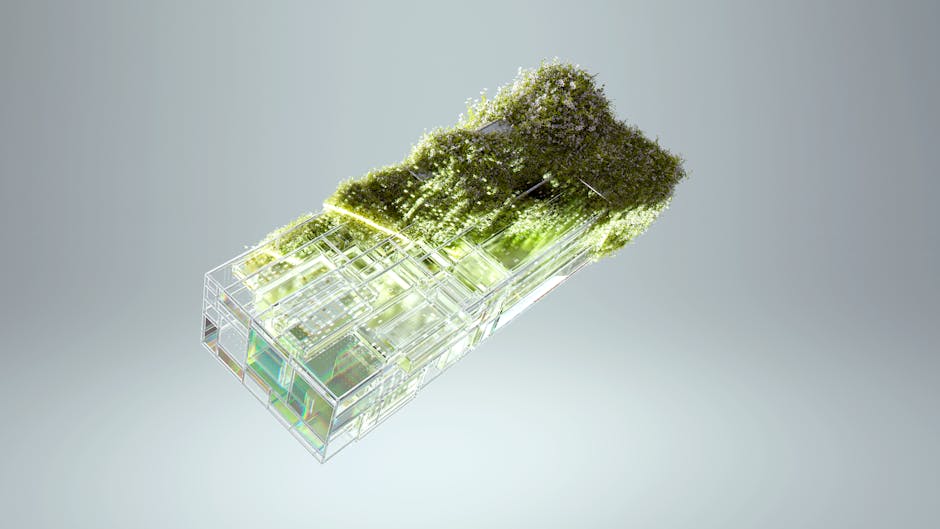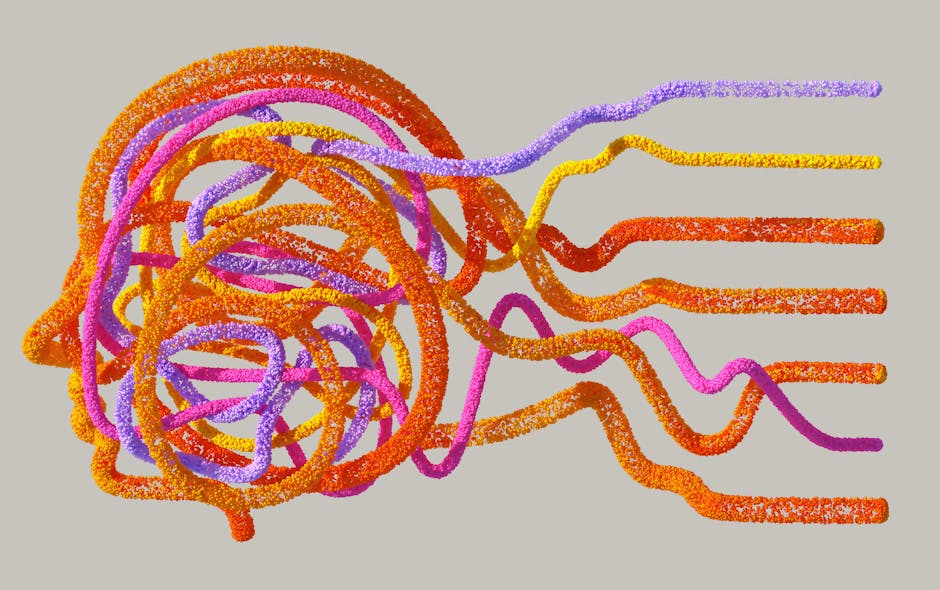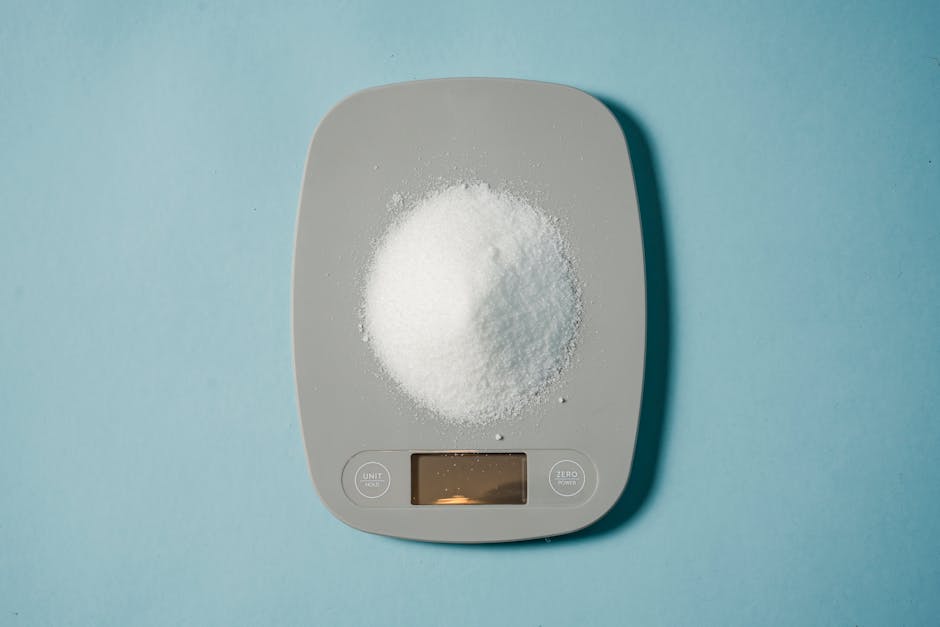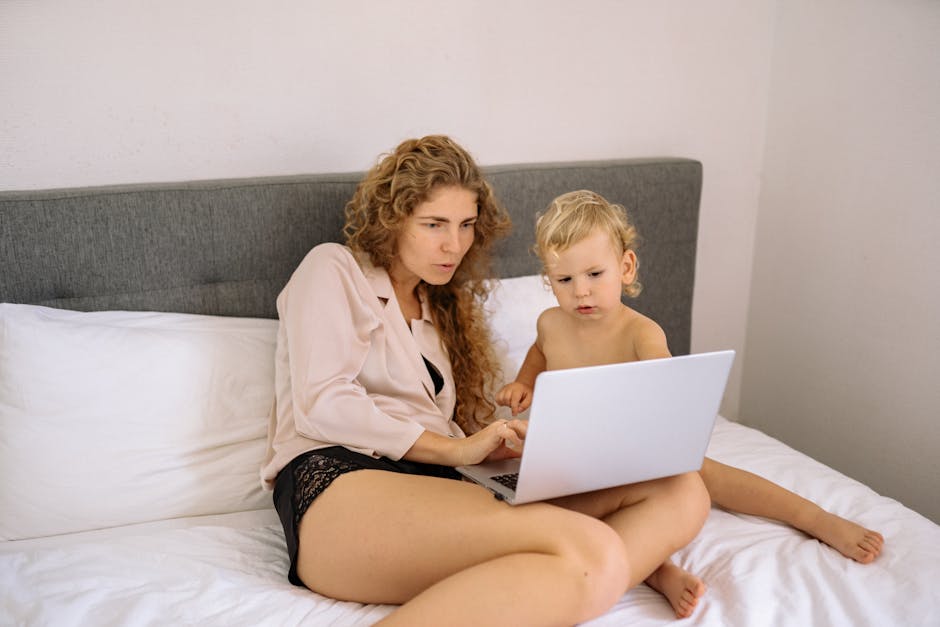Harnessing AI-Created Art: Copyright, Ethics, and Expression in 2025
Are you intrigued by the dynamic world of AI-created art? As technology revolutionizes creative expressions, understanding the intricacies of copyright, ethics, and individual expression has never been more essential. This guide will walk you through the complex terrain of AI-generated art, equipping you with insights to navigate this bold new frontier in the digital age.
The Rise of AI-Created Art: What You Need to Know

Artificial intelligence, once seen as a supportive tool in creative industries, has emerged as a key player in generating art across various mediums. From music to visual arts, AI systems can now curate entire exhibitions of works that make you question the very notion of creativity. Understanding how this phenomenon works requires diving deep into the algorithms behind these technologies, what constitutes copyright, and the ethical implications of using AI-generated creations in your own work.
Understanding AI Art Generation

AI art systems leverage machine learning algorithms to create visual outputs that can mimic or reflect various artistic styles. They analyze vast datasets of images, allowing them to learn patterns, colors, techniques, and themes. The artistic output can be stunning—creating pieces that evoke emotion and provoke thought, blurring the lines between human and machine-made art.
Some popular AI art tools, like OpenAI’s DALL-E and Midjourney, offer accessibility to anyone interested, enabling them to create compelling art with just a few prompts. But how does one navigate copyright issues in this landscape?
Navigating Copyright Concerns with AI Art

Copying is as old as art itself. However, when it comes to AI-generated creations, the intricacies surrounding copyright become even more convoluted.
Usually, copyright protects the expression of ideas rather than ideas themselves. For example, a painting of a landscape may be protected, but the idea of a landscape isn't. This complicates AI-created art, as the AI often synthesizes ideas from existing works. Who, then, owns the final output? Is it the user who inputted the data, the creator of the algorithms, or perhaps the training dataset itself?
Legal experts are still grappling with these questions. Articles like this one from Harvard Business Review shed light on the ongoing debates, offering thorough analyses of the evolving laws that surround AI creativity.
Ethics in AI Art

Beyond copyright laws, ethical considerations circle around AI-created art. What does it mean when a machine generates something that stirs human emotions? While technology can give voice to traditionally underrepresented artists, it can also risk diluting cultural representation, especially if AI systems primarily learn from a narrow pool of data.
The conversation around AI art also raises questions about authenticity and originality. Is art created by AI truly "art"? Can it evoke the same emotional response as a piece created by a human being? Pondering these dilemmas stretches our understanding of creativity itself.
Promoting Individual Expression through AI

Despite the nuanced debates surrounding copyright and ethics, AI art tools can be powerful vehicles for personal expression. Artists can leverage these technologies to push boundaries, innovate new styles, or kickstart the creative process. How so? For many, AI serves as a collaborator. Through iterative processes, users can fine-tune an initial AI-generated draft until it aligns with their vision—a blending of machine efficiency and human sensibility.
Here's where it gets interesting: as an individual creator, what are your responsibilities when using AI tools? Creating a digital time capsule can be a way to archive this collaborative journey, preserving not just your best works, but also insights about how you've fused human creativity with AI's capabilities.
Engaging with Generative Text and AI-Enhanced Storytelling

In the same breath as AI art, generative text and AI storytelling are redefining narratives. Writers are discovering that AI can assist in constructing plots, developing characters, and even finding the right tone. Imagine combining visual AI art with compelling narratives; this allows creators to tug at heartstrings, weaving richer tales that resonate with viewers.
Talented users are already applying these methods to educational content, storytelling podcasts, and even marketing campaigns. As a reader, you might wonder how you can engage with these technologies. Consider investing in generative AI tools to better express your stories through captivating visuals—pairing evocative art with equally compelling narratives.
Practical Steps in Engaging with AI Art

If you’re ready to dive into the realm of AI-created art while balancing copyright and ethics, here are steps to consider:
-
Research the Tools: Familiarize yourself with various AI art generators available today and their unique features. Tools like RunwayML, Artbreeder, or DeepAI can help you create and discover new avenues of art.
-
Understand the License Agreements: Before deploying AI-generated works, read the licensing clauses carefully to ensure you retain rights or fulfill obligations set by the tool.
-
Be Open Yet Disciplined: Encourage creativity but ground your work in mindful practices. Understand the ethical implications of your artistic choices—whether that’s in selecting inputs for your AI model or contemplating the artwork's context.
-
Experiment & Collaborate: Start with a few prompts and change parameters as needed. Don’t shy away from turning to your audience for feedback or involving community members in interactive projects, like generative storytelling sessions, creating a shared experience.
-
Document Your Journey: Maintain a record of your creative process. This documentation not only compels growth but can also serve as content for future projects.
The Future of AI in Creative Industries

As we step into 2025, the intersection of AI and creativity is bound to expand exponentially. Whether through innovations in technology or shifts in societal perspectives, the scope for creativity is limitless. By integrating AI with human artistry, we can push apart the seams of traditional storytelling and discover new genres, aesthetics, and emotional expressions.
Consider also technology's role in education and self-development. For instance, a creative initiative like immersive VR experiences could blend artistic and educational pursuits, engendering new ways of learning from our digital environments.
The Communities Engaging with AI Art

Chatting about AI and art isn't just for tech-savvy individuals; communities across various platforms are active in discussions, sharing insights and creations. Websites dedicated to digital creativity and forums can offer peer support, critical feedback, and new ideas.
Participation in discussions about AI tools could place you among fellow creators, pushing forward thought leadership and advocating for responsible use of technology. These interactions not only swell pockets of creativity but can also amplify your outreach.
Legalities and the Future of Copyright in AI Art

As discussions about AI art advance, the conversation about copyright feels ever-looming. Many expect legal frameworks will evolve, shaping a future where artists can confidently utilize AI while preserving their rights. Keeping abreast of these changes through reputable sources, like Moz, will ensure you remain informed as both a creator and a consumer of AI art.
Final Thoughts: Embracing the New Era of Artistic Possibilities

In sum, the realm of AI-generated art offers a captivating blend of creativity, technology, and ethics. With advancements accelerating, individuals now have the power to redefine artistic expression while considering the responsibilities that accompany these new tools. By navigating the complexities of copyright and ethical considerations, you can carve out a creative space in this thrilling digital age.
Unlock your artistic capability through AI; the path forward is not without its challenges, yet it is rich with opportunities for self-exploration and social engagement. As you embark on this journey, remember to share your experiences and insights with others—just as art evolves through shared narratives, so too does understandings of creativity in the AI domain.



